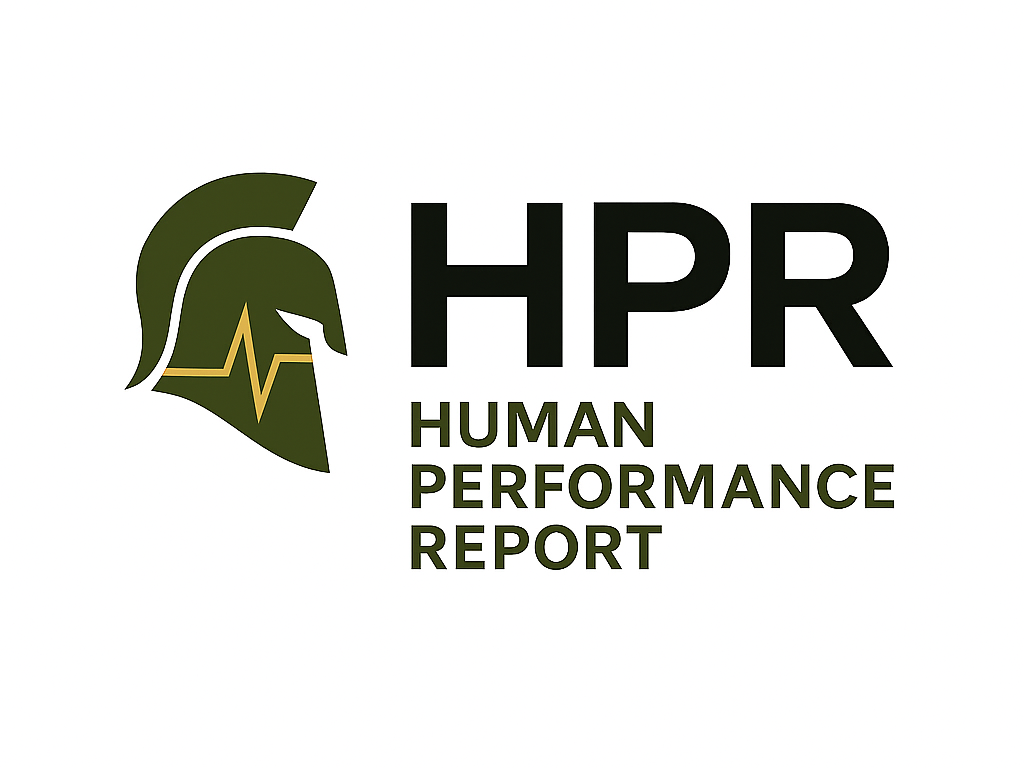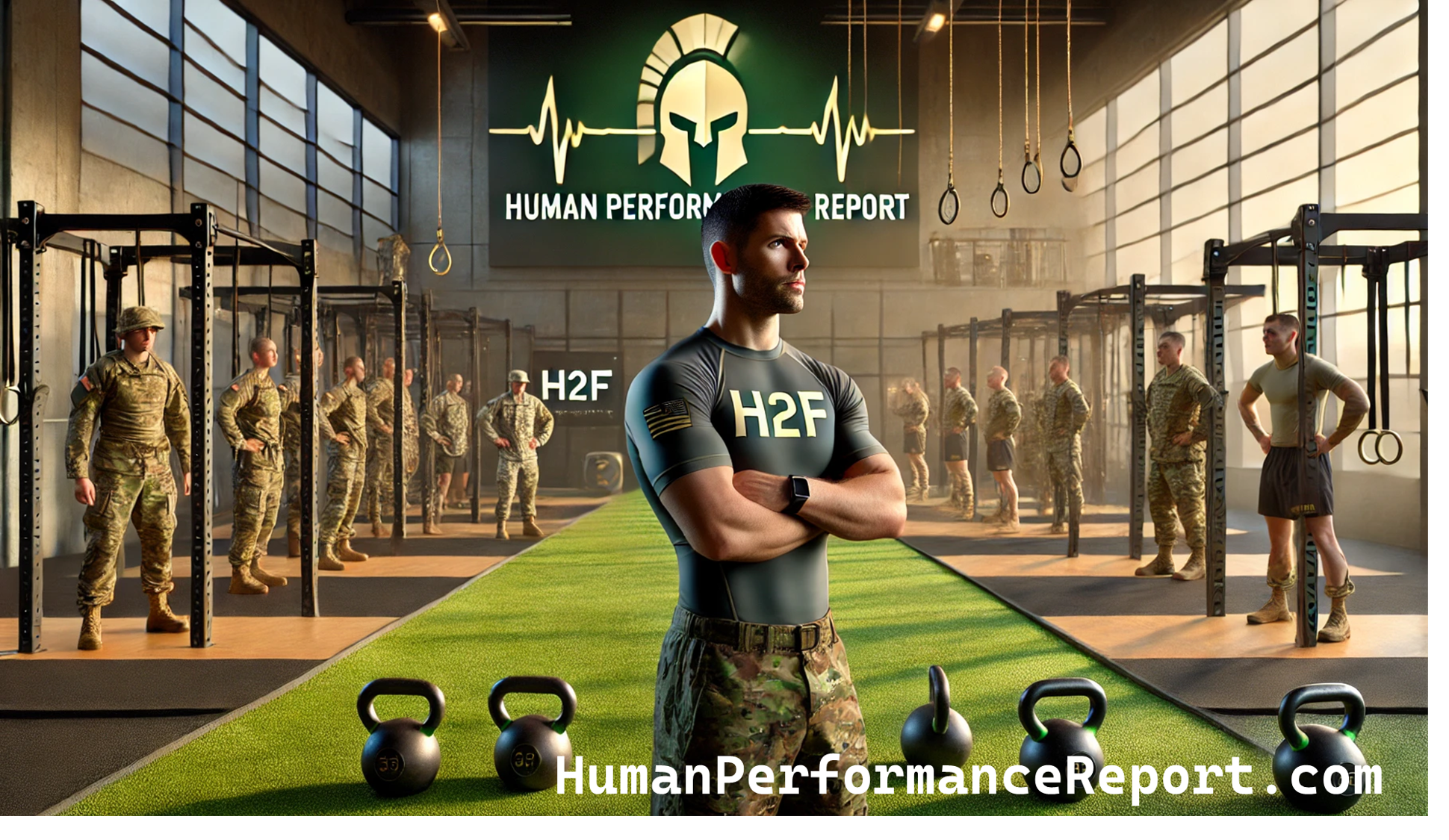If you want H2F Leadership Buy-in and Troop Buy-in, This is what’s needed:
When the North Carolina Tar heels needed a new head strength and conditioning coach, Bill Belichick didn’t run a popularity poll with the players or ease someone into the role. He brought in Moses Cabrera and, from day one, told the team:
“This is my guy. He’s here to make us better.”
Check out this article on Moses Cabrera’s new start at UNC.
Cabrera immediately had both the position and the authority to make significant changes. Players didn’t know him personally, but they knew Belichick.
That trust transferred instantly.
Then Cabrera did what great strength coaches do—he showed up every day, implemented a data-driven program, and cared deeply about the athletes under his charge.
The results spoke for themselves: improved performance, reduced injuries, and a culture that valued the work even when it was hard. One player put it simply:
“I love him, even though the workout is hard.”
Translating That to the Army
The Army’s Holistic Health and Fitness (H2F) program is our version of that championship-level performance system. It’s a brigade-level resource, but its effectiveness is decided every day at the battalion, company, and platoon level.
For H2F to thrive, leaders at all echelons—Division, Brigade, Battalion, Company, Platoon—must create that same trust transfer for their embedded performance team:
“These are my people. They’re here to make us better.”
When Soldiers see their commanders back the program without hesitation, they are far more likely to buy in before they’ve even experienced it.
That endorsement is the single most powerful accelerant for adoption.
Connecting the Domains
Physical training is often the first exposure soldiers have to H2F—it’s visible, measurable, and immediately impactful. Yet its power grows when integrated with the other domains. When all five work together, they create a fully integrated readiness system capable of sustaining soldiers in the most demanding environments.
True readiness comes when the Physical Domain connects with the rest of the system. The Spiritual Domain fosters purpose, belonging, and moral grounding that sustain soldiers in the face of adversity. The Mental Domain shapes focus, resilience, and decision-making under stress. The Sleep Domain enables recovery and peak cognitive performance, while the Nutritional Domain fuels every aspect of the mission.
The Coach’s Charge
Leader endorsement opens the door. The coach keeps it open by:
-
Being present daily — soldiers equate presence with investment.
-
Driving with data — injury trends, readiness metrics, and performance tracking provide objective proof.
-
Training hard, caring harder — as that college player said, “I love him, even though it’s hard.” Soldiers respect hard training when they believe the coach is invested in their careers and lives.
Integration in a Complex System
The Army has traditions and training rhythms that go back decades. Any new program will face friction—uneven resourcing, varied understanding, ingrained ways of doing things.
The key is not to push from the outside but to embed within the system. Speak the language of readiness—combat power, deployability, mission capability. Align with training calendars. Demonstrate how the coach’s work keeps Soldiers in the fight and reduces non-deployable rates. Over time, H2F stops being “new” and becomes part of how the unit fights and wins.
The Call to Leaders
If you want H2F to succeed, take a page from Belichick’s playbook: give your embedded strength coach the authority and backing to make meaningful change. Tell your Soldiers, “This is my guy. They’re here for us.”
When leaders stand behind their performance teams and those teams deliver through presence, proof, and care, the result is more than fit Soldiers—it’s Ready Soldiers.
That’s how you build championship-level readiness in the Army.

